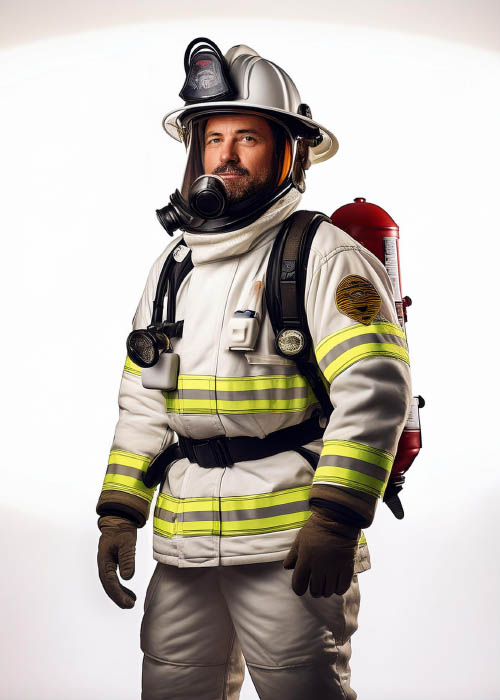Cash, Card or Check
Your gift today can help make a profound difference. Below are illustrations of what your generosity will do.

- A child with special needs . . . viewing a sculpture depicting a child with special needs can provide a powerful experience for other children with special needs, reflecting their own identity and experiences, offering a sense of recognition and belonging. This type of art can foster empathy, self-acceptance, and emotional expression, helping viewers to see themselves represented in public spaces. Moreover, it can challenge societal perceptions and encourage inclusivity, as it highlights the beauty and uniqueness of diverse experiences. Such representations can be empowering, reinforcing positive self-identity and promoting emotional regulation and compassion (References: https://adrianreynolds.ie/cultural-identity-influence-art/ and https://snoopnow.com/art-and-identity-how-it-shapes-our-sense-of-self-and-community/ ).

- A First-Responder, or Veteran . . . a sculpture honoring these roles evokes a deep sense of pride, respect, and emotional connection. It serves as a tribute to their sacrifices and contributions, often providing a place for reflection and remembrance. These sculptures also help in the healing process, offering a tangible acknowledgment of their service and experiences. This form of public art reinforces a shared sense of community and support among those who have served, and it can educate the broader public about the importance of these roles (Reference: https://planningtank.com/city-insight/public-sculptures-can-make-an-impact-on-people).

- Even for residents of a bedroom community, public art plays a significant role in enhancing community identity, fostering social connections, and celebrating local heritage. Such art projects can have several positive impacts:
- Cultural Enrichment and Historical Reflection: Sculptures help commemorate significant historical events, figures, values, or local traditions. This helps residents and visitors connect with the community’s heritage, fostering a sense of pride and continuity (References: https://www.nefa.org/news/ripple-effect-how-communities-are-defining-public-art-through-impact and https://lazerian.com/blog/the-impact-of-public-art-commissioning-sculptures-for-community-spaces/ ).
- Economic and Social Benefits: Public art enhances the aesthetic appeal of a community, making it more attractive to residents, as well as visitors and potential residents. This can have economic benefits, such as increased tourism and local business patronage. Additionally, art creates shared public spaces that encourage social interactions and community events, contributing to a vibrant local culture (Reference: https://lazerian.com/blog/the-impact-of-public-art-commissioning-sculptures-for-community-spaces/).
- Emotional and Psychological Impact: Art has the potential to provide comfort and inspiration, particularly in times of change or challenge. It can serve as a medium for expressing complex emotions and as a reminder of the community’s resilience and shared values. Public art can thus play a therapeutic role, offering a form of collective expression and healing (Reference: https://ideas.darden.virginia.edu/power-of-community-art ).
In short, your generous support for public art serves as a powerful tool for cultural celebration, community engagement, economic development, fostering a deeper connection to the local heritage, a platform for collective expression, enhancing a cohesive and vibrant community identity.